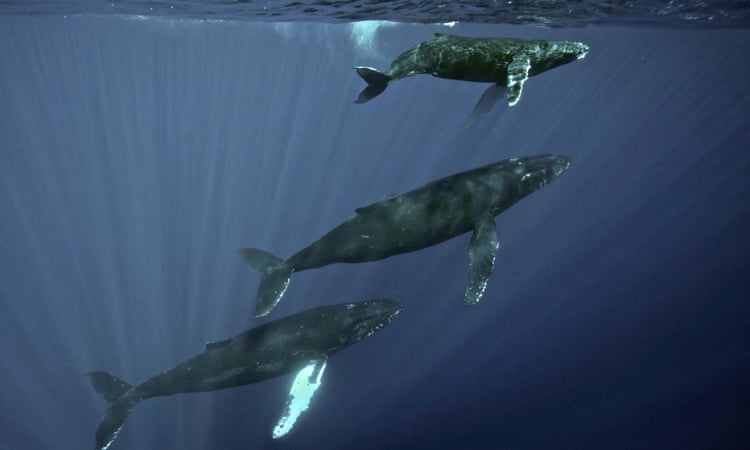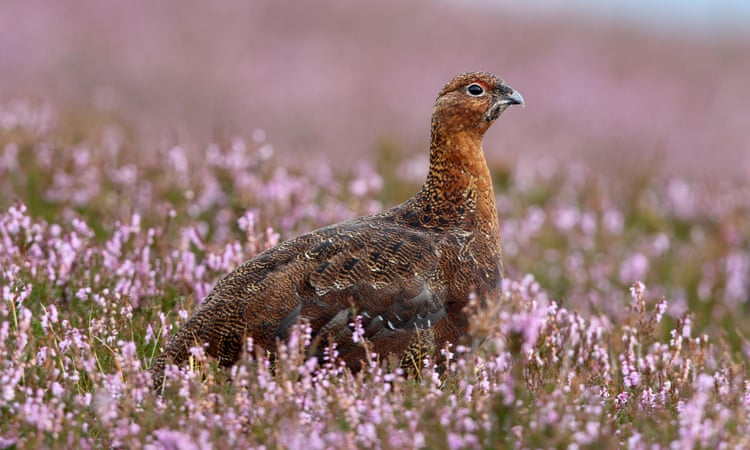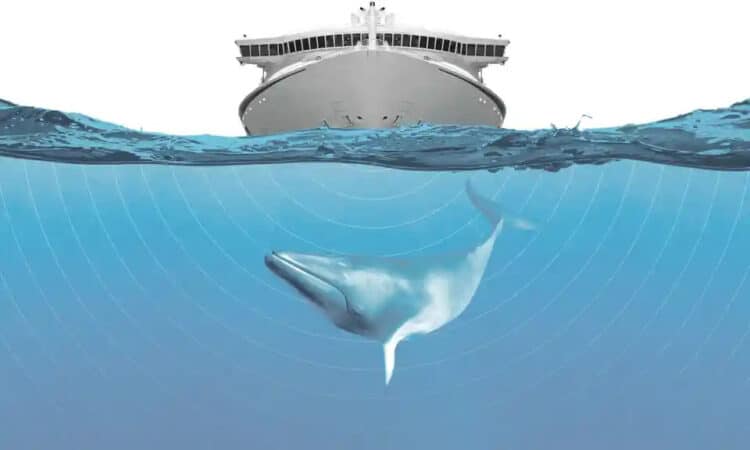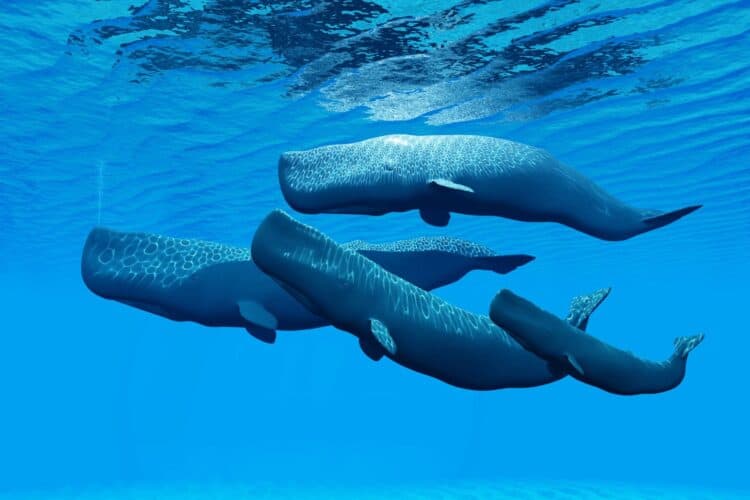Just how commonly is dolphin served for dinner? More than you might think, according to a new study conducted by WCS and Okapi Wildlife Associates. Researchers have found that since 1990, residents of 114 countries consume one or more of at least 87 marine mammal species.

The new finding is the result of an exhaustive global study of human consumption of marine mammals using approximately 900 sources of information. In addition to this review, WCS scientists work in remote countries around the world to assess and actively address the threat to dolphin populations with localized, applied conservation efforts.
Authors Dr. Martin D. Robards of WCS and Dr. Randall R. Reeves of Okapi Wildlife Associates took three years to complete the study, consulting with numerous researchers and environmental managers over that period. The team only considered evidence in which people were consuming marine mammals, and omitted instances where fishers caught them for bait, medicines, or as feed for other animals.
The list of marine mammals that make it onto the menu includes obscure species such as the pygmy beaked whale, the South Asian river dolphin, the narwhal, the Chilean dolphin, the long-finned pilot whale, and Burmeister’s porpoise. Seals and sea lions are on the list as well, including California sea lions and lesser known species such as the Baikal seal. The polar bear—also considered a marine mammal—makes the list, too. In addition, three species of manatee and its close relative the dugong, considered a delicacy by some, are widespread targets of human consumption.
Overall, the historical review reveals an escalation in the utilization of smaller cetaceans, particularly coastal and estuarine species since 1970. These animals are often caught as accidental “bycatch” in nets meant for fish and other species. But once they’re captured, the cetaceans are increasingly eaten, particularly in areas of food insecurity and poverty, which the authors call “fishing up the food chain.”
“Obviously, there is a need for improved monitoring of species such as the Atlantic and Indo-Pacific humpback dolphins and other species,” said Dr. Howard Rosenbaum, Director of WCS’s Ocean Giants Program. “In more remote areas and a number of countries, a greater immediate need is to understand the motivations behind the consumption of marine mammals and use these insights to develop solutions to protect these iconic species that lead to more effective management and conservation.”
WCS’s Ocean Giants Program works in a number of critically important cetacean habitats. These efforts address local impacts on coastal dolphin populations and provide practical, on-the-ground conservation actions. In Congo, Gabon, and Madagascar, WCS conservation scientists Dr. Salvatore Cerchio and Tim Collins are assessing the status of impacted dolphin populations, and working with local fishermen to reduce accidental bycatch and deliberate hunting of dolphins. The scientists say that in these regions, dolphins are increasingly being captured and eaten, and sometimes sold as bushmeat. In response, Cerchio and the WCS Madagascar team have worked with local communities to establish a conservation association composed of fishermen, and backed by local traditional laws protecting dolphins. The team is also developing community-based whale- and dolphin-watching as an alternative livelihood.
On the other side of the African continent, the coasts of Gabon and Congo represent one of the last strongholds for the rare Atlantic humpback dolphin. Though fishermen in Gabon almost never catch these dolphins, those animals that swim across the border risk capture in coastal gillnets. “The Atlantic humpback dolphin may well be the rarest mammal in the Congo basin region,” said Tim Collins. “Unfortunately, few have ever heard of it, least of all the fisherman eating them out of existence.”
This article was written and published by the Wildlife Conservation Society.






Leave a Reply